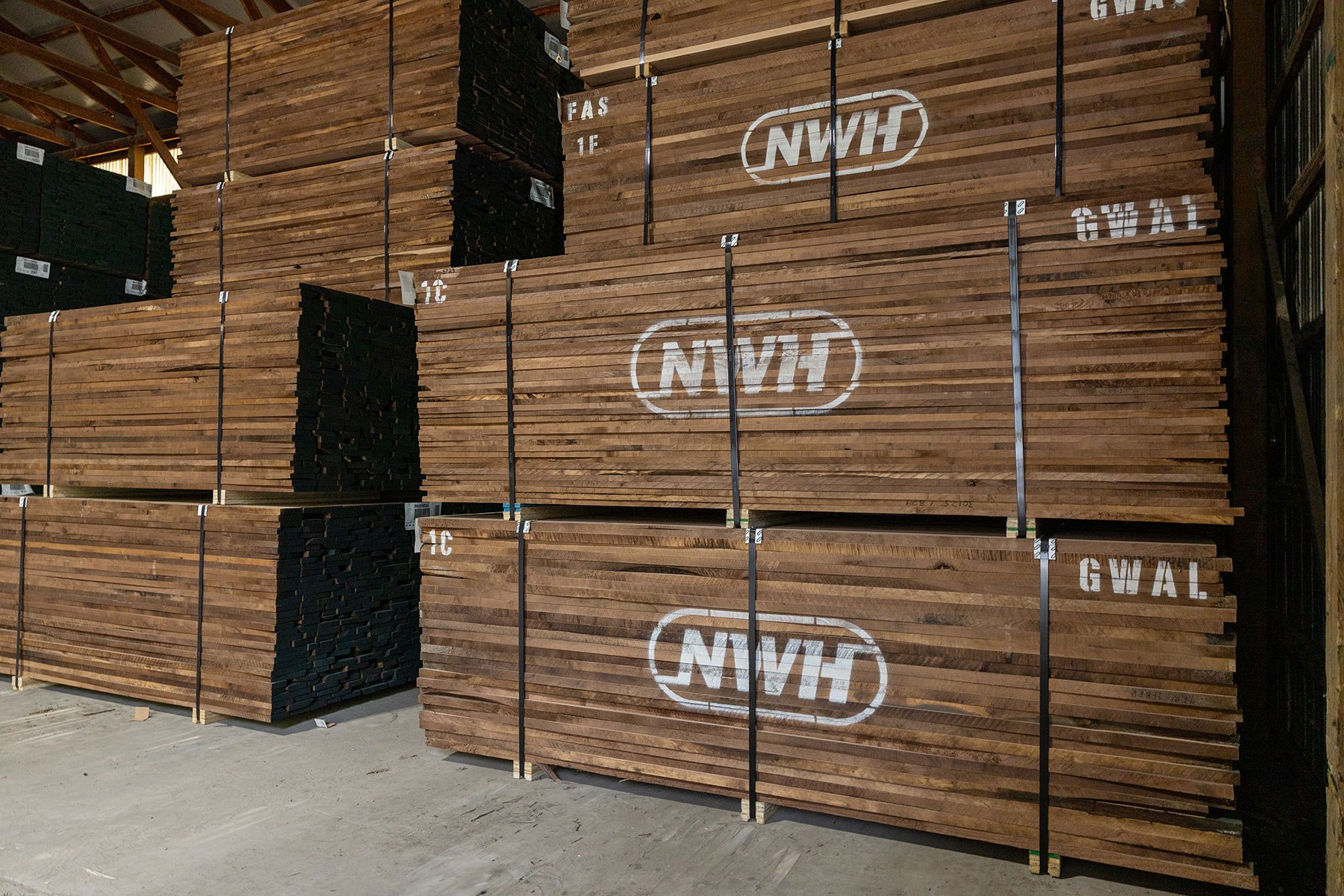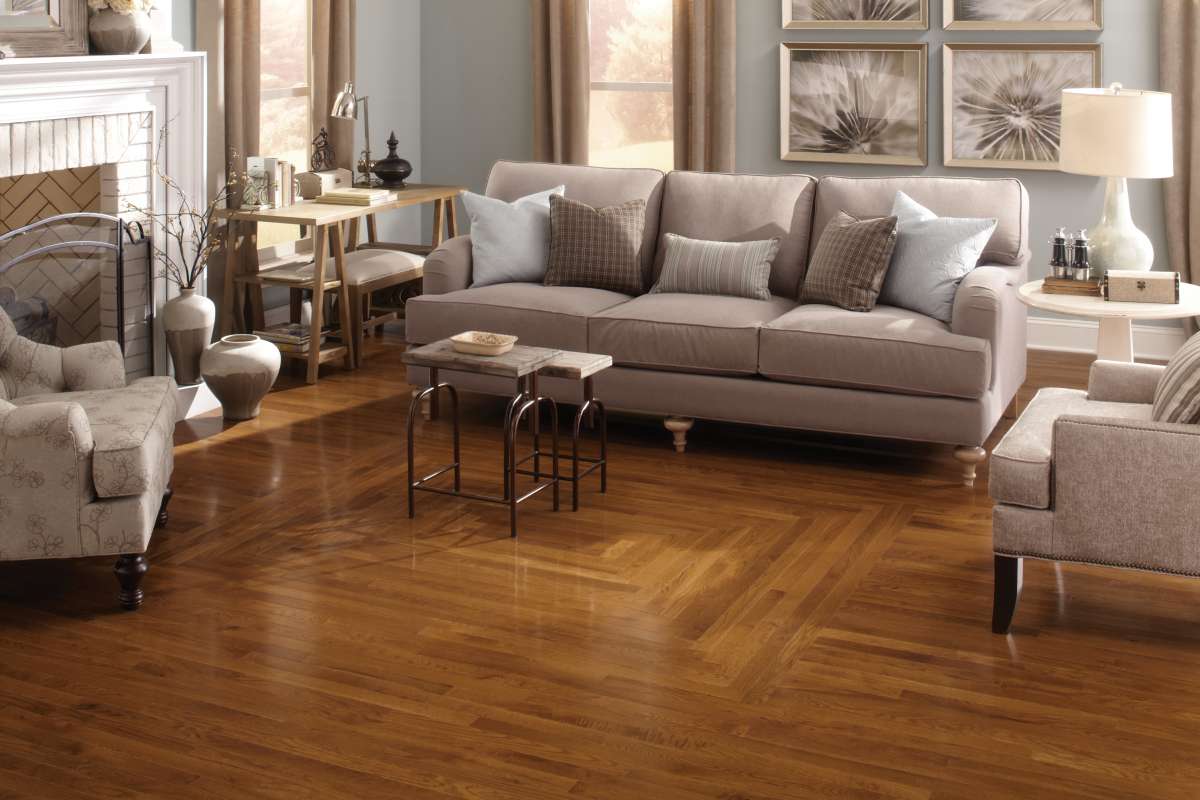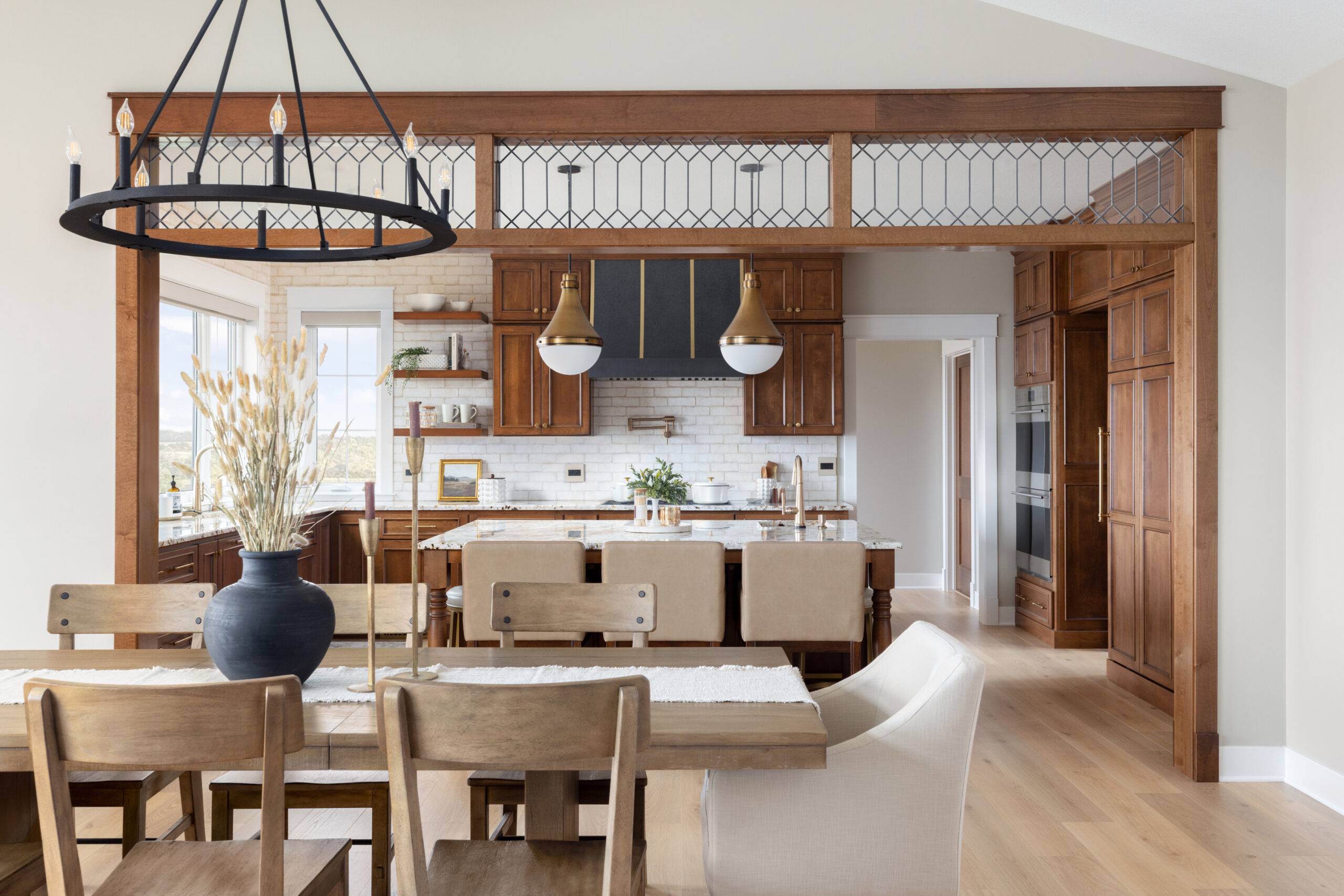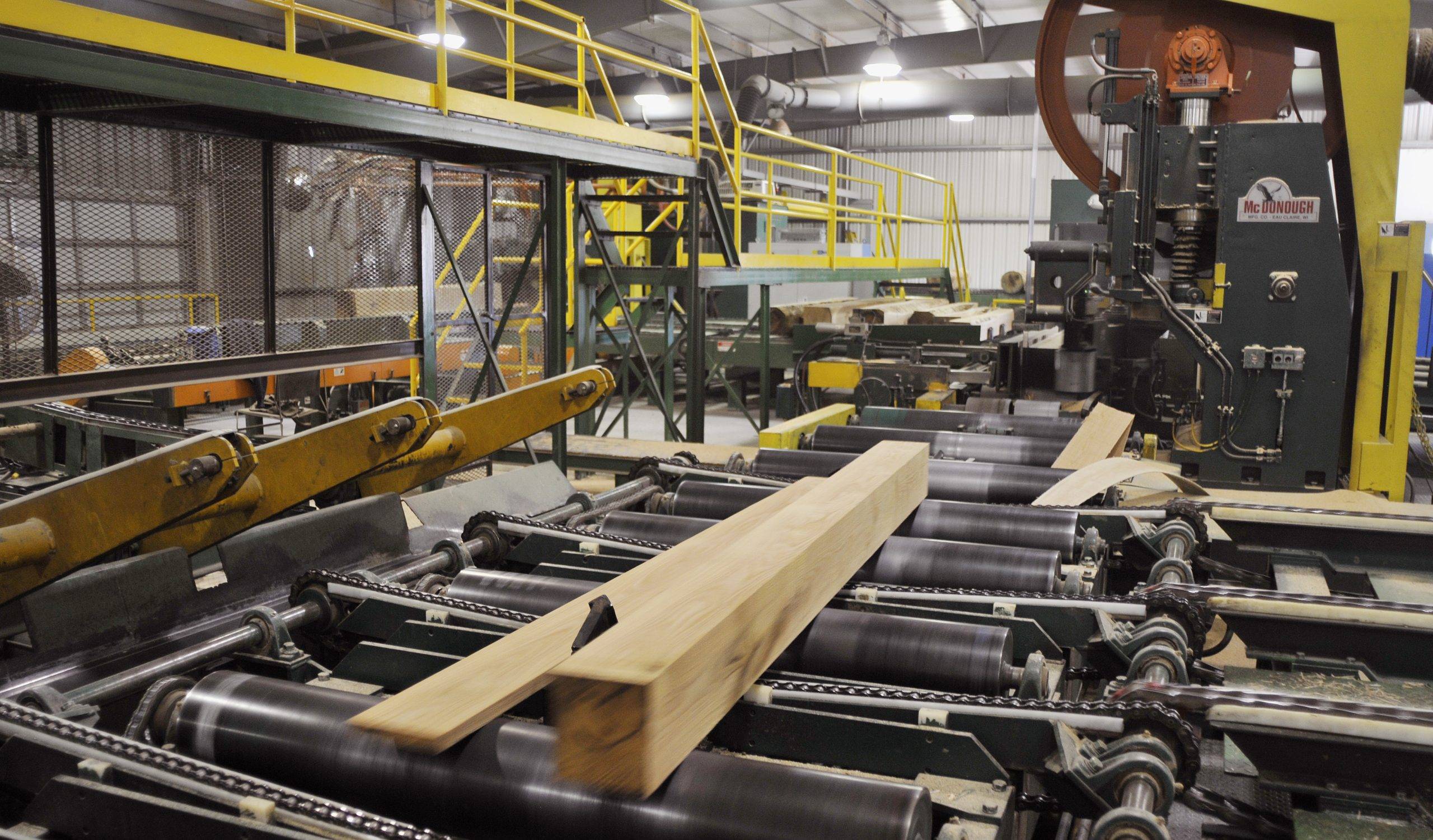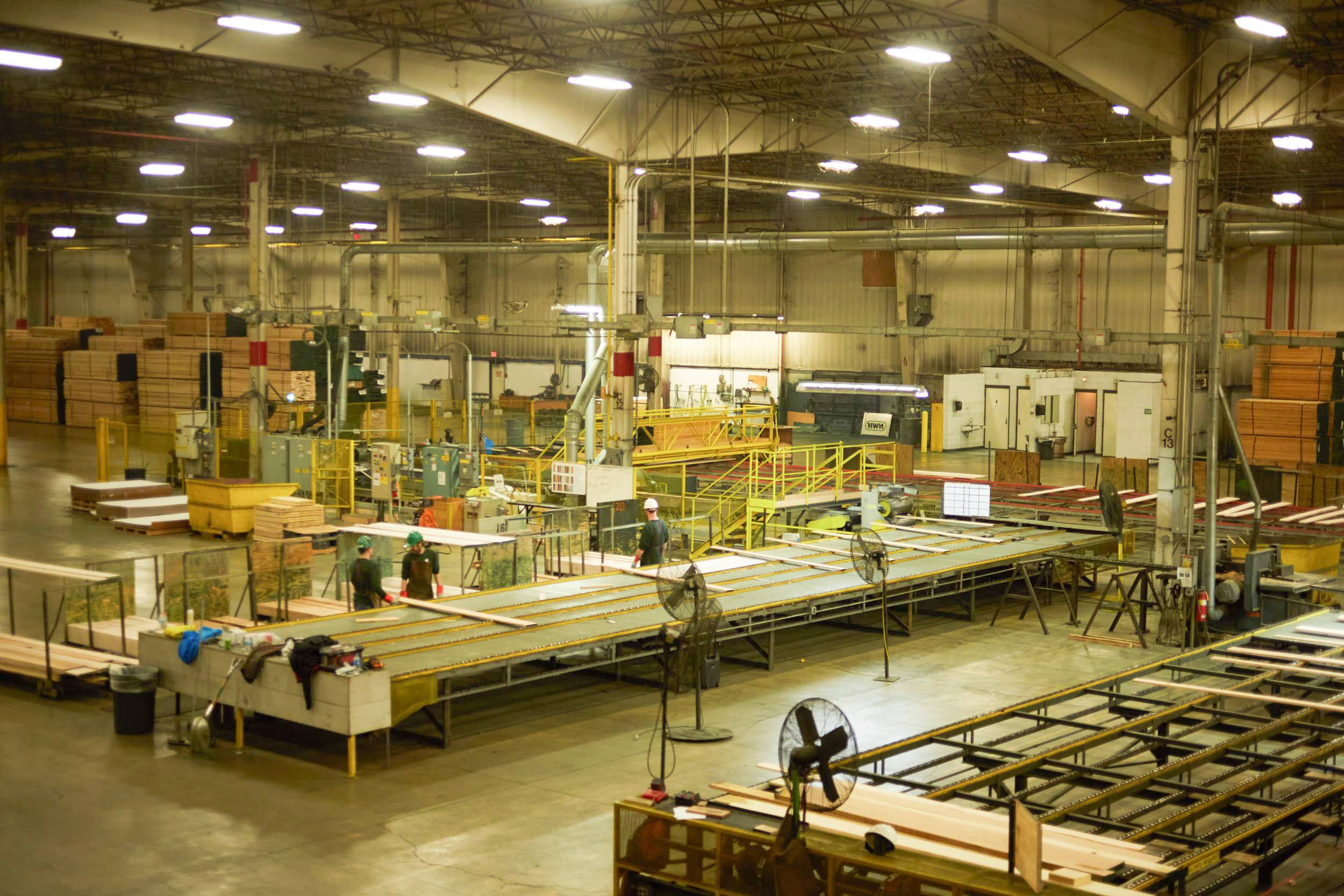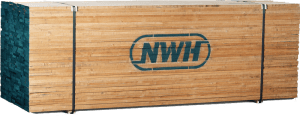Comparing Alder and Cherry
Color & Aesthetic
- Cherry: Known for its deep reddish tones and the patina that develops over time.
- Alder: Features warm, neutral hues that stay consistent, complementing both modern and traditional styles. Unlike Cherry, Alder naturally lacks gum pockets, resulting in a more uniform look.
Grain, Texture & Finishing
- Cherry: Fine, elegant grain that can have pronounced figure and subtle variations. Its natural patina adds depth over time.
- Alder: Shares Cherry’s fine, uniform grain but with fewer dramatic variations. It can be stained to emulate Cherry’s rich color or showcased in its own natural warmth.
Workability
- Cherry: Smooth machining qualities, favored by many woodworkers.
- Alder: Equally easy on tools yet gentler in terms of wear, making it a cost-effective choice for manufacturers.
Cost & Availability
- Cherry: A premium hardwood, cherished for its long-standing reputation and classic charm.
- Alder: Offers comparable beauty and durability at a more accessible price point. Domestically sourced for steady supply and predictable pricing.
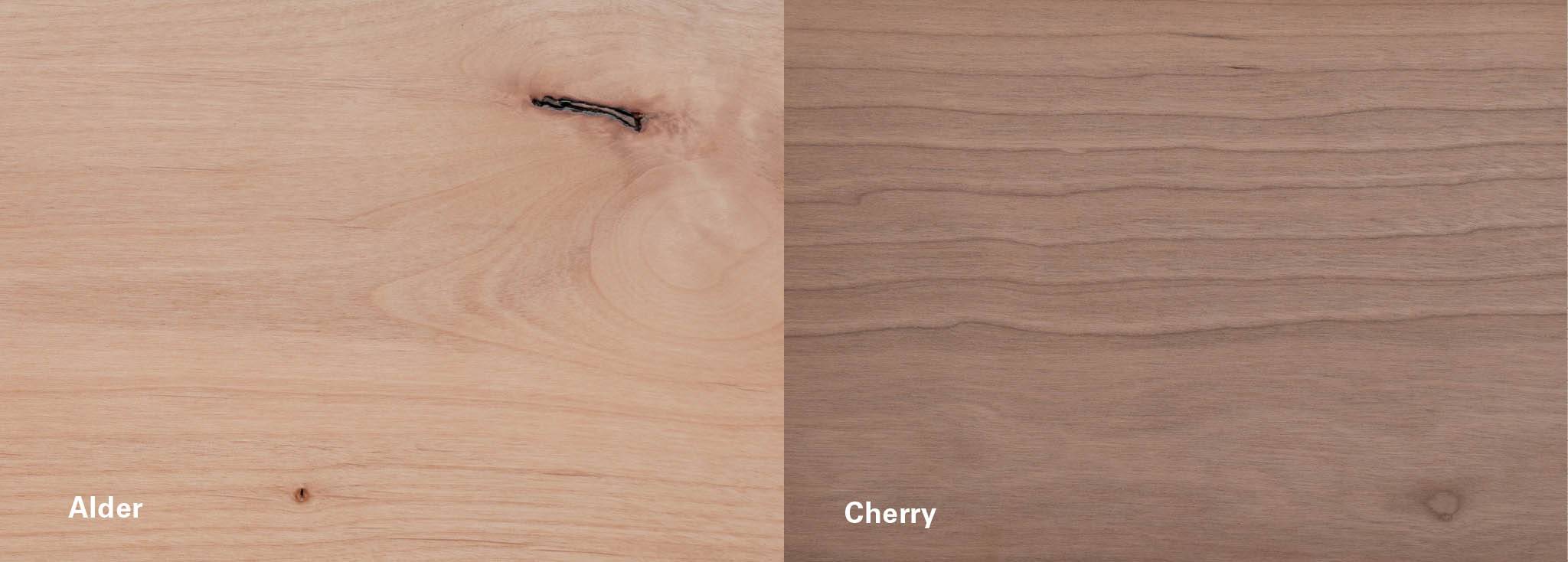
The Bottom Line
Alder delivers the warmth and sophistication often associated with Cherry, but with a modern twist that fits today’s design trends. Its consistent color, fine grain, and budget-friendly price make Alder an excellent alternative—or companion—to Cherry for cabinetry, furniture, and beyond.
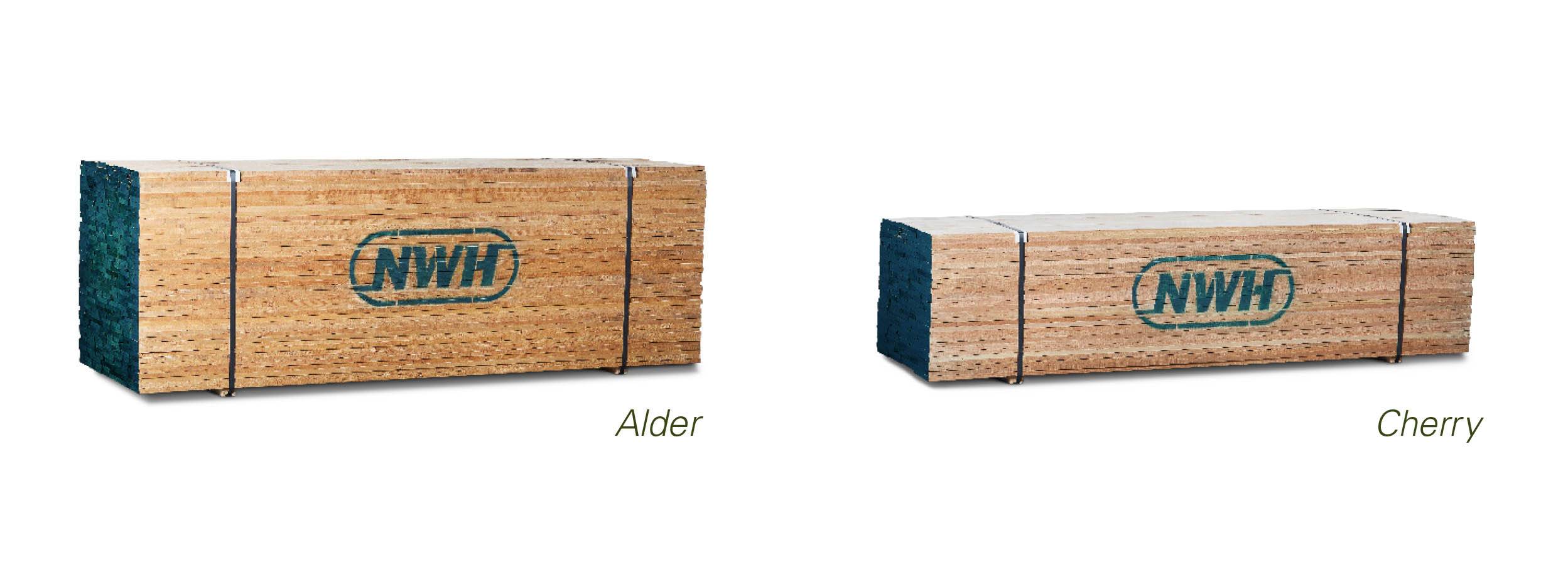
Species Comparison Chart
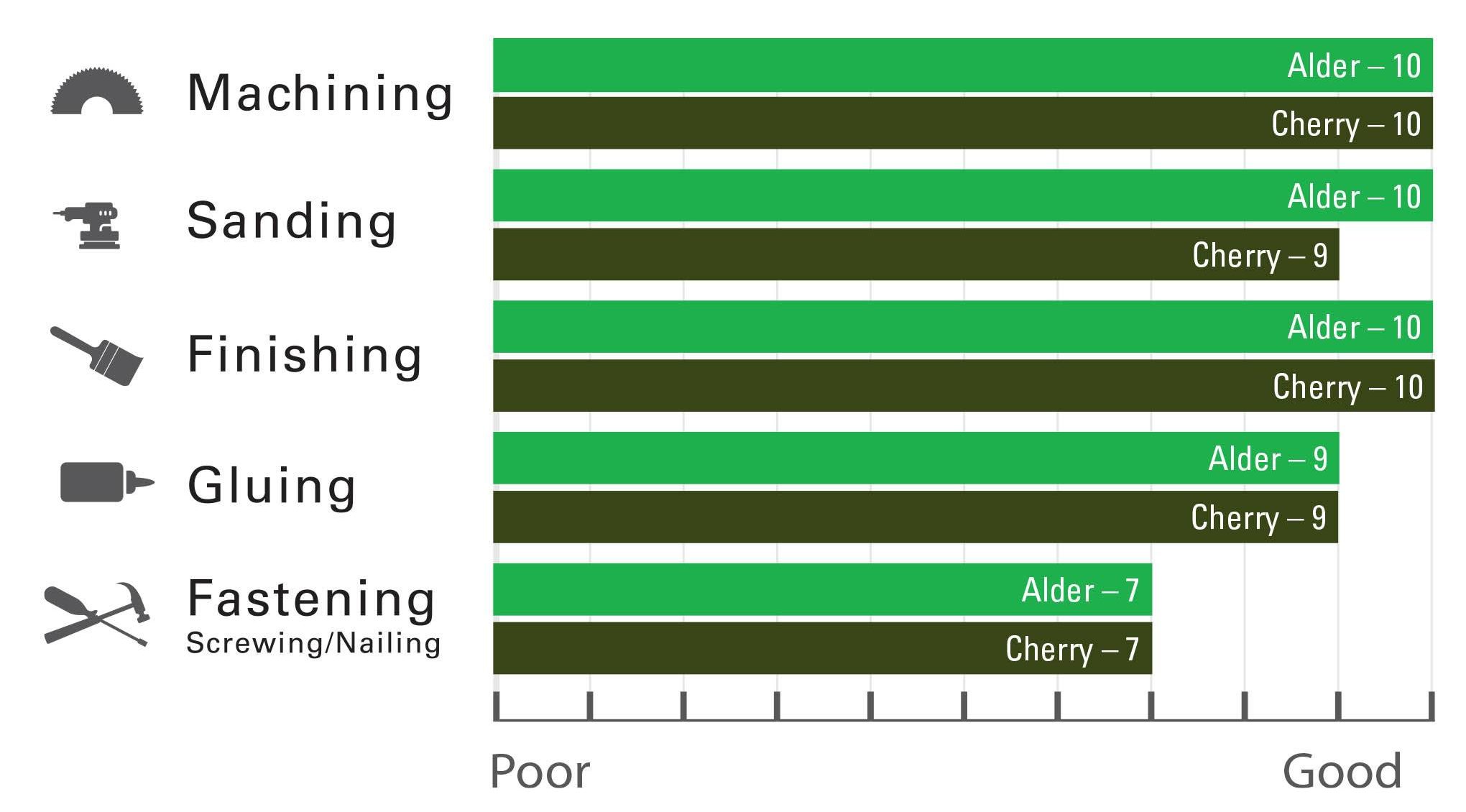
Species Comparison Data

Source: The Wood Database
Resources
Explore the full potential of Alder and see how it can transform your next project into something extraordinary.
Feature Image: Alder Door, Craftsmen in Wood
Share This Post!
